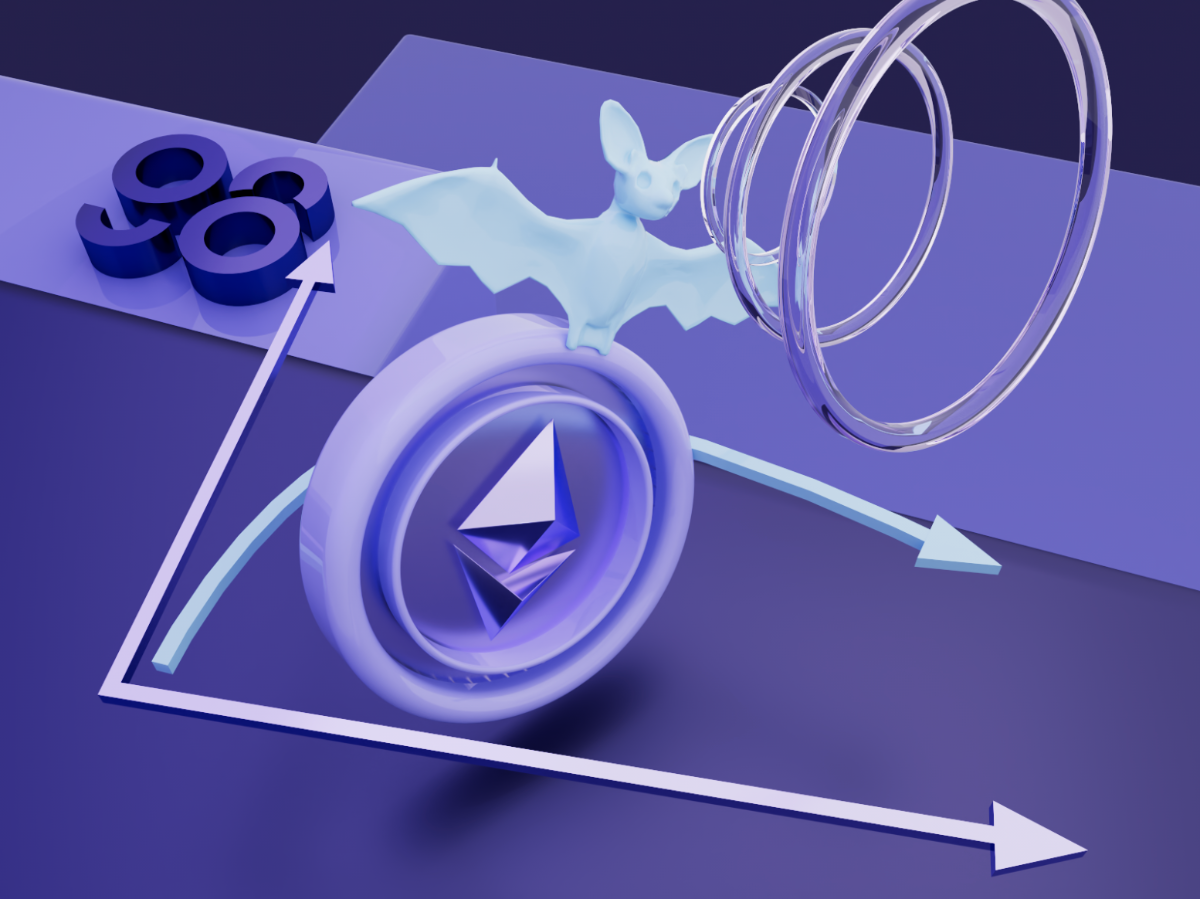What is Ultra-sound Money? Why call ETH Ultra-sound Money?

Ultra-sound money and Sound money
What is Sound money?
Sound money refers to currencies that are not susceptible to sudden price increases or long-term declines in purchasing power. They are also supported by the self-regulatory mechanisms inherent in the free market.
The term “sound money” originates from the Roman Empire, when the money units at that time were gold coins, silver coins, and copper coins... which can create noises.
This concept is still in use today and has progressively evolved into its current meaning. Bitcoin is also considered by many people as sound money.
What is Ultra-sound money?
The term “Ultra-sound money” refers to a currency that has a steady purchasing power and increases its value over time. Ultra-sound money is an upgraded version of sound money.

In the past, the crypto community frequently considered Bitcoin as sound money, and Ethereum as Ultra-sound money following the rise of Ethereum after The Merge. It can also be understood that if we consider an asset with a fixed total supply (such as gold, Bitcoin ...) as sound money, then Ultra-sound money is an asset with a decreased total supply (deflation) and can increase its value over time.
In fact, Ultra-sound money is not a new concept. It was already mentioned by Justin Drake - an Ethereum Foundation researcher, and was mentioned even more often after the birth of EIP-1559.
On Twitter, followers of this concept frequently include a bat image and a speaker after their name, implying that bats produce ultrasonic waves (Ultra-sound).
Why call ETH Ultra-sound money?
ETH is referred to as Ultra-sound money because of deflationary and has the potential to increase its value over time. So, how did ETH deflate, or at least achieve very little inflation, after The Merge?
Before The Merge, the number of ETH issued to the market each day included:
(1) Block Reward for miners + (2) Reward for PoS stakers - (3) ETH burned from EIP-1559
After The Merge, the block reward will no longer be generated on the Execution Layer (Ethereum mainnet). In other words, the new supply of ETH will immediately decrease from 14,500 - 14,000 ETH/day to about 1,500 - 1,600 ETH/day (calculated based on the amount of ETH staking in Beacon Chain at the moment).
Then, the total amount of newly issued ETH in the market will be calculated as follows:
(2) Reward for PoS stakers - (3) ETH burned from EIP-1559
With the Ethereum network at the center of crypto development, it is expected that the number of network users will continue to increase to the point where the amount of ETH burned from EIP-1559 exceeds the amount of ETH used as incentives for stakers. From then, ETH will start to deflate.
With current gas use, if gwei is at 15, inflation is nearly zero. If gwei is at 20, the network begins to deflate.
According to data from the website Ultra-sound.money, ETH has begun to enter a deflationary phase in the last 30 days as the number of new ETH is less than the amount of ETH burned.

After The Merge, ETH’s total supply has been in a sharp decline, currently reaching an inflation rate of 0.009%/year. This is a promising sign that ETH will become a deflationary or at least a highly low-inflationary cryptocurrency.

Ultra-sound money has been frequently mentioned by the Ethereum community since the launch of EIP-1559, but it was not until The Merge that it became more associated with ETH than ever.
Readmore: What is Ethereum Merge? An inevitable evolution of Ethereum.
Contrary perspectives on ETH and Ultra-sound money
Although the Ethereum community strongly believes in ETH becoming Ultra-sound money, or at least a deflationary asset, there are mixed opinions around this.
Many people believe that ETH is not always superior to BTC as BTC tokenomics policies are pre-established and cannot be changed for any reason. Furthermore, one also wonders whether Ethereum can continue to change the operational mechanism that affects the price of ETH in the future.
Many argue that deflation and store-of-use exist in BNB as well. BNB even has a fixed total supply and has now reached that total supply. With the same gas-burning mechanism as ETH, the amount of BNB in the market can only steadily decrease.

Summary
The successful completion of Ethereum's The Merge event has marked a turning point to help ETH become Ultra-sound money. At the moment, ETH has relatively minimal inflation, considering that ETH has begun to deflate in the last 30 days. Although controversial, the ETH modifications are having a good impact.
Learn more: What is liquidation? How does liquidation work in crypto